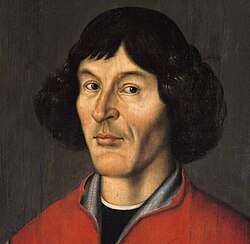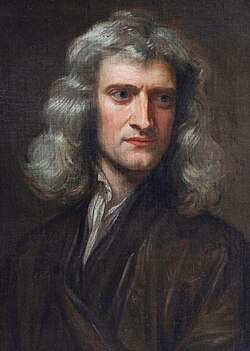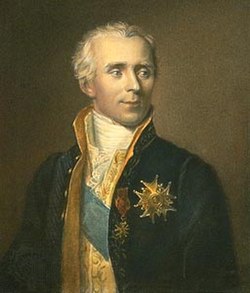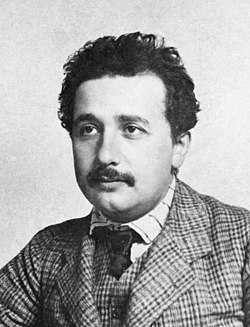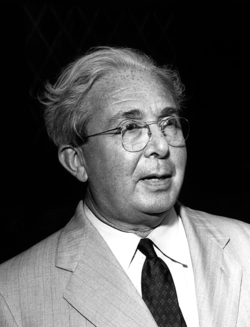This article may require cleanup to meet Wikipedia's quality standards. The specific problem is: Too many images causing extended whitespace at bottom of the article. Convert most images to Gallary, and leave a small number in the main space.(November 2025) |
Historians and sociologists have remarked the occurrence, in science, of "multiple independent discovery". Robert K. Merton defined such "multiples" as instances in which similar discoveries are made by scientists working independently of each other. [1] "Sometimes", writes Merton, "the discoveries are simultaneous or almost so; sometimes a scientist will make a new discovery which, unknown to him, somebody else has made years before." [2]
Contents
- 3rd century BCE
- 13th century CE
- 14th century
- 16th century
- 17th century
- 18th century
- 19th century
- 20th century
- 21st century
- Quotations
- See also
- Notes
- References
- Sources
- External links
Commonly cited examples of multiple independent discovery are the 17th-century independent formulation of calculus by Isaac Newton and Gottfried Wilhelm Leibniz; [3] [4] the 18th-century discovery of oxygen by Carl Wilhelm Scheele, Joseph Priestley, Antoine Lavoisier and others; and the theory of the evolution of species, independently advanced in the 19th century by Charles Darwin and Alfred Russel Wallace.
Multiple independent discovery, however, is not limited to such famous historic instances. Merton believed that it is multiple discoveries, rather than unique ones, that represent the common pattern in science. [5]
Merton contrasted a "multiple" with a "singleton"—a discovery that has been made uniquely by a single scientist or group of scientists working together. [6]
The distinction may blur as science becomes increasingly collaborative. [7]
A distinction is drawn between a discovery and an invention, as discussed for example by Bolesław Prus. [8] However, discoveries and inventions are inextricably related, in that discoveries lead to inventions, and inventions facilitate discoveries; and since the same phenomenon of multiplicity occurs in relation to both discoveries and inventions, this article lists both multiple discoveries and multiple inventions.

